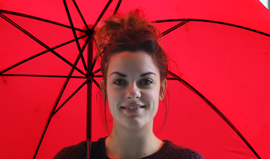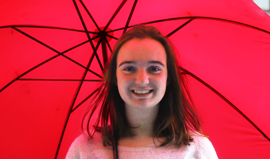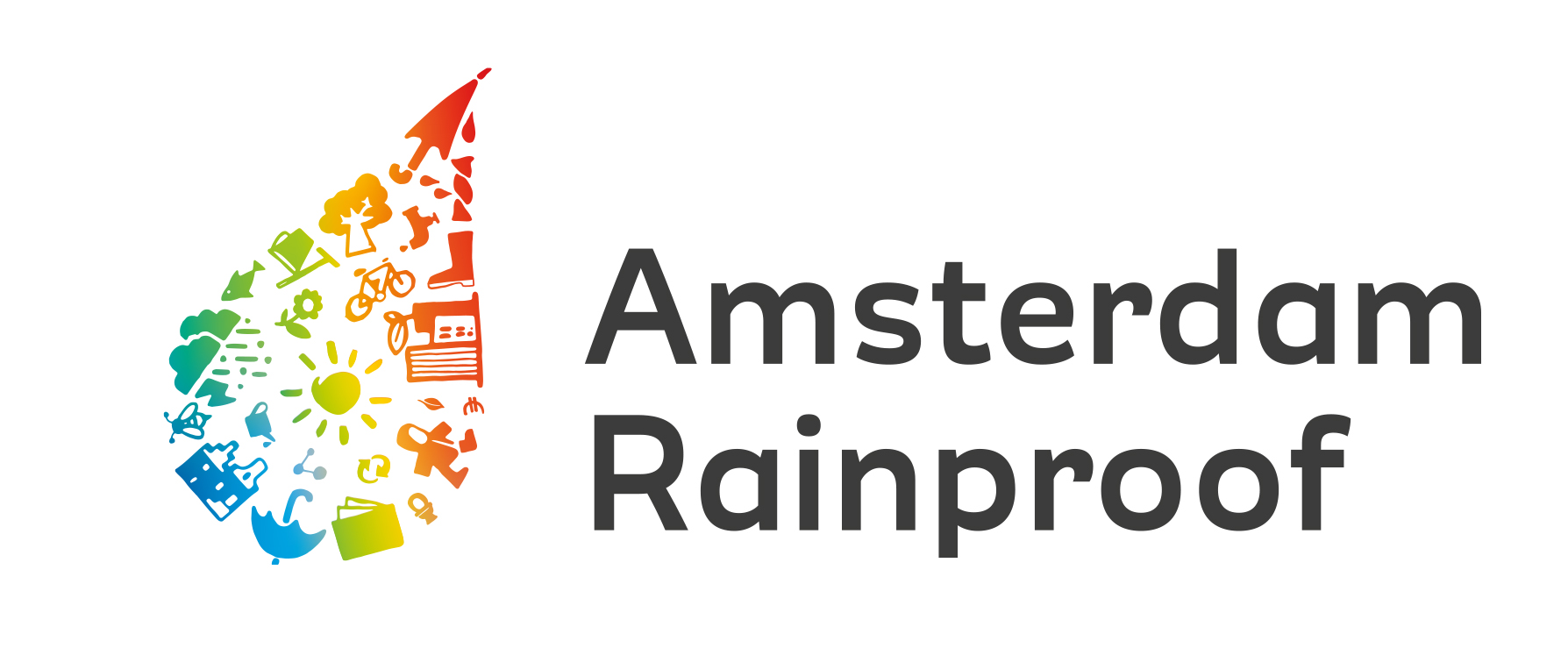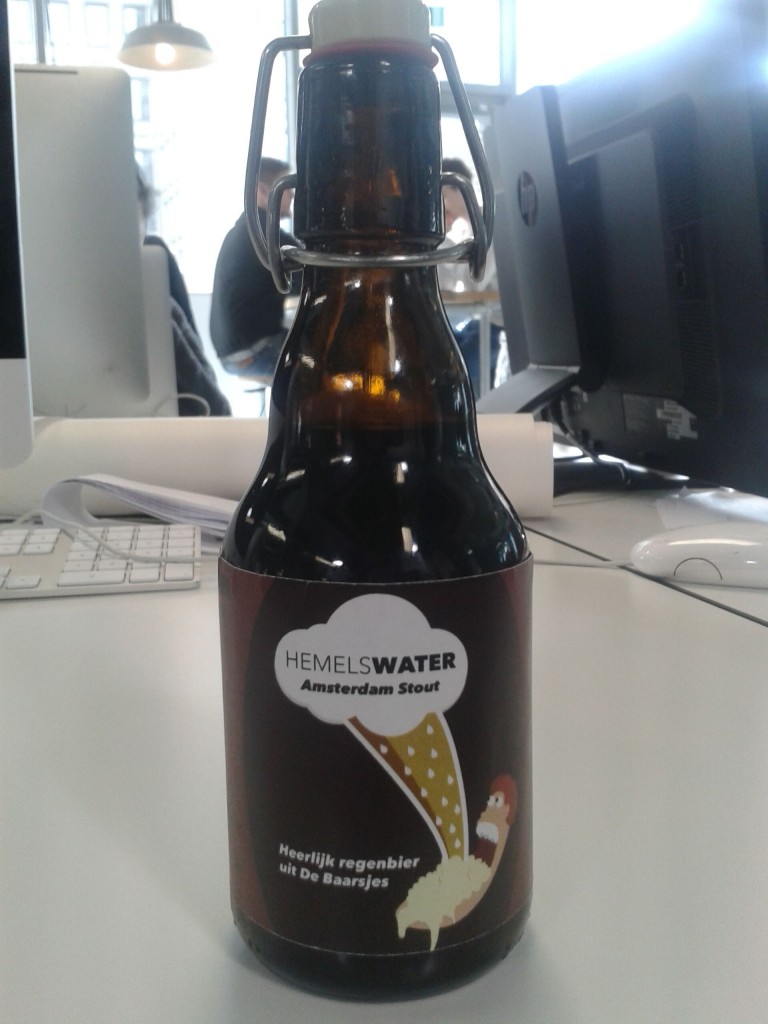DIY: rain beer!
Who does not like beer, please raise your hand!
Nobody, right, everybody likes beer. In the first sprint, our coach Joris, was brewing his own beer with his Hema brewing kit and had an idea. He had to use a lot of water, and thought that you could also use rainwater in the beer brewing process. This is a way to save drinking water, but also to use rainwater and make your house more rainproof.
There are many people who drink rainwater, whether it is safe to drink will depend on the environment and whether you cleaned it. If you for example have a lot of particulate matter or other types of air pollution in your environment, you will need a more serious approach for cleaning the water. Besides that, rain water does not contains salt and will have similar effects on your health as demineralised water. It is drinkable, but not if it is the only source of water for you, so “geniet, maar drink met mate” (enjoy, but do not drink too much).
In order to make our beer safe for consumption, we boiled the water, which removed all the organic pollutants. To make it safer, destillation or filtering would be a better idea, because there might still be heavy metals, anorganic pollutants and acids in there. Not so healthy. We will analyse the beer in the lab at the Amsterdam University of Applied science whether the beer is totally safe for consumption.
For those who are interested, Joris uses a Hema beer brewing kit, you can find instructions on brewing beer here.










 A user storyboard for New Lake
A user storyboard for New Lake
